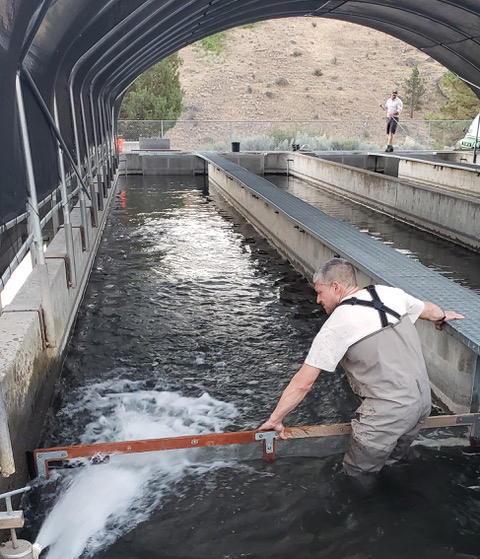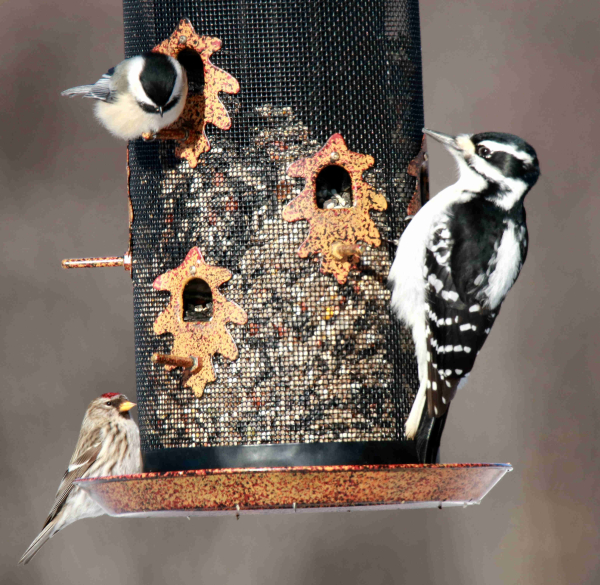Accuracy Tip: Call Your Shots
By Glen Wunderlich
Many of us deer hunters will be sighting in our firearms in the coming weeks leading to the firearms deer opener November 15th. This spell of unseasonably warm weather can make the chore more comfortable and can produce better results at the range, so why not take advantage of it? Here are some tips.
Assuming a scoped firearm has been bore sighted, or maybe it has been shot previously, begin the target session at 25 yards with a single shot. If it’s close to center, move the target to 100 yards and get comfortable.
The act of getting and remaining comfortable cannot be overly stressed, because the object is to minimize human error in the process. Begin with good hearing protection, so that the firearm’s report can be adequately muffled. Also, add some type of cushion at the shoulder to soften the effect of recoil; a folded towel can suffice under clothing.
A stable rest must be used to squeeze as much accuracy as possible from your deer gun. Sand bags filled with sand or kitty litter are inexpensive and effective. I like to recycle old socks by filling them with cat litter, twisting the open end and tying them securely with electrical tape and cutting them off cleanly with a utility knife. If they develop holes from use, just stuff the defective one into another sock and tie it off.
What you don’t want to do is rest the firearm – and, especially the barrel – onto any hard surface. While short bipods are convenient and hold a rifle steady, they will also cause the rifle to jump. Believe it or not, the barrel can move before the bullet leaves the bore and this condition must be eliminated to get good readings on the target.
Next, dial the magnification up to or near maximum and aim for small targets instead of big black circles. Now, with feet firmly on the ground and the firearm pulled tightly to the shoulder, a most difficult, yet critical, component to accuracy comes next: holding steady and calling your shot.
No doubt, it’s a daunting task to relax and to make a good shot, when you know you are going to get walloped in the shoulder. That’s why it’s important to pull the gun tight, but to do otherwise it to invite unpleasantness in results.
The art of calling shots must be acquired; otherwise, a shooter will never know why he or she is shooting targets that look more like shotgun patterns, as opposed to groups. Calling a shot is not at all like Babe Ruth’s pointing to the stands and then knocking one out. It is the act of stating where your hold was when the gun went boom without looking at the target to see the hole.
A heavy, sticky trigger can make the process difficult, if not impossible, and cannot be discounted as an enemy of accuracy. However, you’ll have to gut it out, if that’s the case, or get it to a good gunsmith for tweaking or replacement.
With the scope at high magnification, a shooter can see any movement transmitted through the lens. Even a heartbeat can be detected in the reticle. Just because you may be shooting with iron sights or poor quality optics and can’t see any movement, doesn’t mean it’s not there; it is! But, now that you’ve become aware of it, you’ll be able to settle down with optical feedback through the lens.
Concentrate on the small target and the crosshairs and be totally aware of the crosshairs’ position, as you attempt to get them to stop moving. Slowly begin to squeeze the trigger, while taking constant note of the crosshair’s position relative to the target. When the gun finally fires, you should be able to call the shot meaning you knew exactly where you were holding when the gun discharged.
Understanding this technique is crucial to accuracy. Although there are many factors that contribute to accuracy, this one cannot be ignored. Practice does not make perfect, unless it’s perfect practice.






